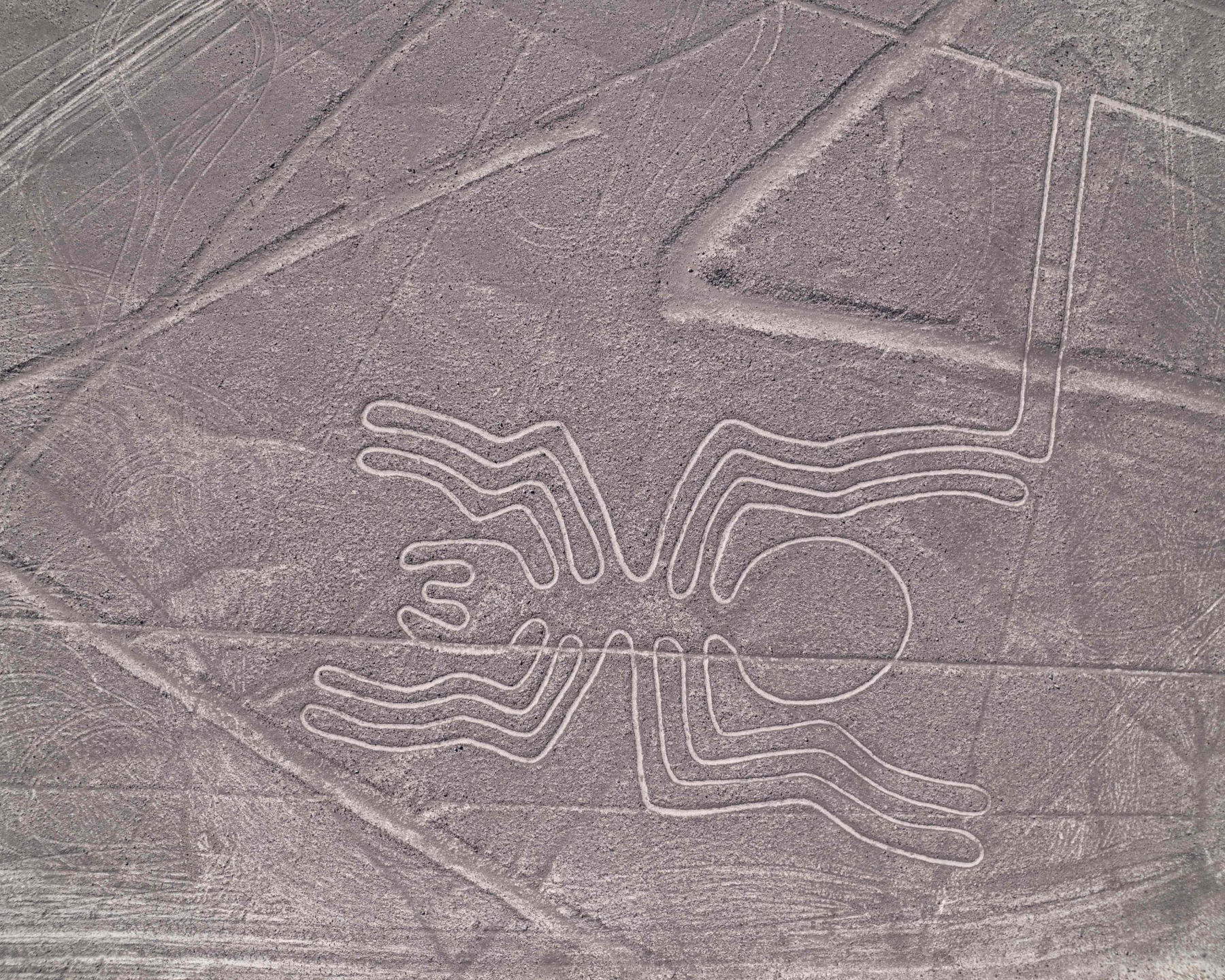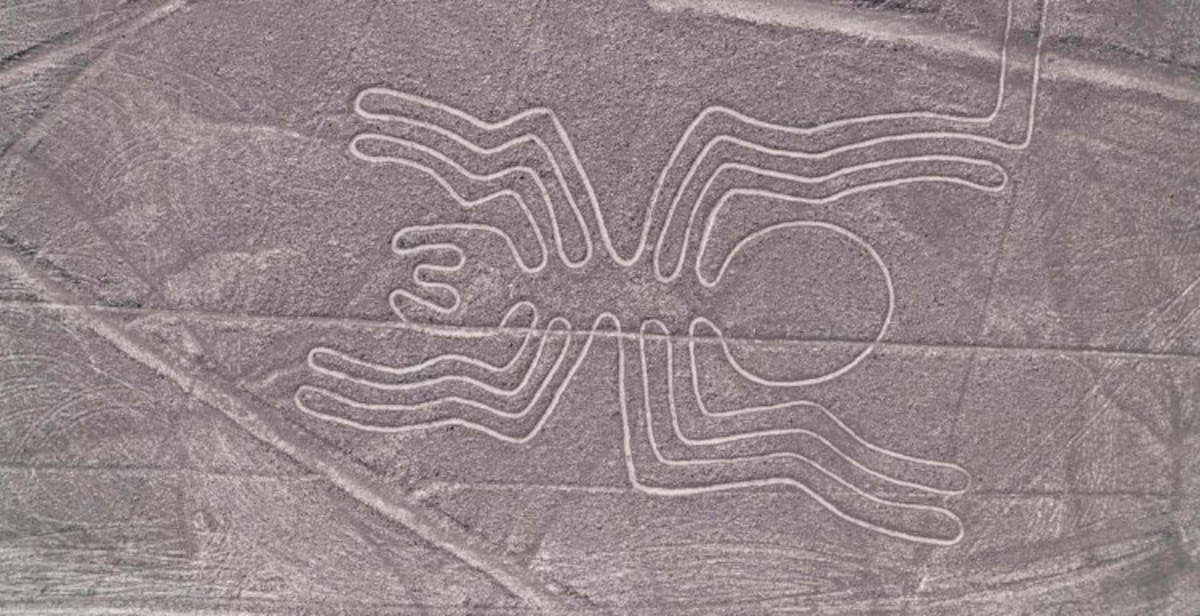The government of Peru has decided to cancel a plan to reduce the protected area around the famous Nazca Lines(we discussed it here), an archaeological site and World Heritage Site recognized by UNESCO. The measure, announced in May, had drawn widespread criticism for its potential exposure of pre-Hispanic carvings to risk from informal mining in the region. The protected area, initially covering 5,600 square kilometers, had been reduced to 3,200 square kilometers by a government decision based on studies aimed at more precisely demarcating areas of “real heritage value.”
In any case, following controversy and misgivings expressed by experts, archaeologists and international organizations, including UNESCO, the Ministry of Culture announced Sunday the immediate restoration of the previous protected extent. Located about 400 kilometers south of Lima, the Nazca region is known for its desert plateau on which more than 800 giant carvings depicting animals, plants and geometric shapes, dating back more than 1,500 years, can be found. The geoglyphs are part of a cultural heritage of exceptional historical and archaeological significance, recognized worldwide. For this reason, the reduction of the protected area had raised concerns because it could weaken the environmental and cultural protections established over decades, opening the door to informal and illegal mining activities that many say already threaten the integrity of the site.

In particular, the period of high international gold demand and price has increased the risk of unregulated mining in the area. Official data from the Peruvian Ministry of Energy and Mines indicate that, currently, 362 small-scale gold miners operate in the Nazca district and are included in a regularization program aimed at legalizing their activities. Authorities have also carried out operations to counter illegal mining in the area, underscoring the complexity of the situation.
Among the critical voices is that of Luis Jaime Castillo, former culture minister and archaeologist specializing in the study of geoglyphs, who said how the protected area was already plagued by the presence of illegal mining and processing facilities. All this makes clear the fragility of the site in the face of mining pressures and the need for more effective protection strategies. To manage site protection and land use in a coordinated manner, the Ministry of Culture has announced the formation of a technical group composed of government representatives, archaeologists, academics and members of international organizations. The group will be charged with developing a consensus regarding a future proposal for zoning and land use regulation in the Nazca area. The initiative aims to balance the protection of cultural heritage with the sustainable management of natural resources and local socioeconomic needs. Collaboration among the different expertise and organizations involved is seen as a necessary step to establish shared guidelines that can be applied in the long term. Indeed, the protection of such heritages requires a balance between cultural enhancement, environmental protection, and socioeconomic development of local communities.
 |
| Peru revokes reduction in Nazca Lines protected area to safeguard site |
Warning: the translation into English of the original Italian article was created using automatic tools. We undertake to review all articles, but we do not guarantee the total absence of inaccuracies in the translation due to the program. You can find the original by clicking on the ITA button. If you find any mistake,please contact us.